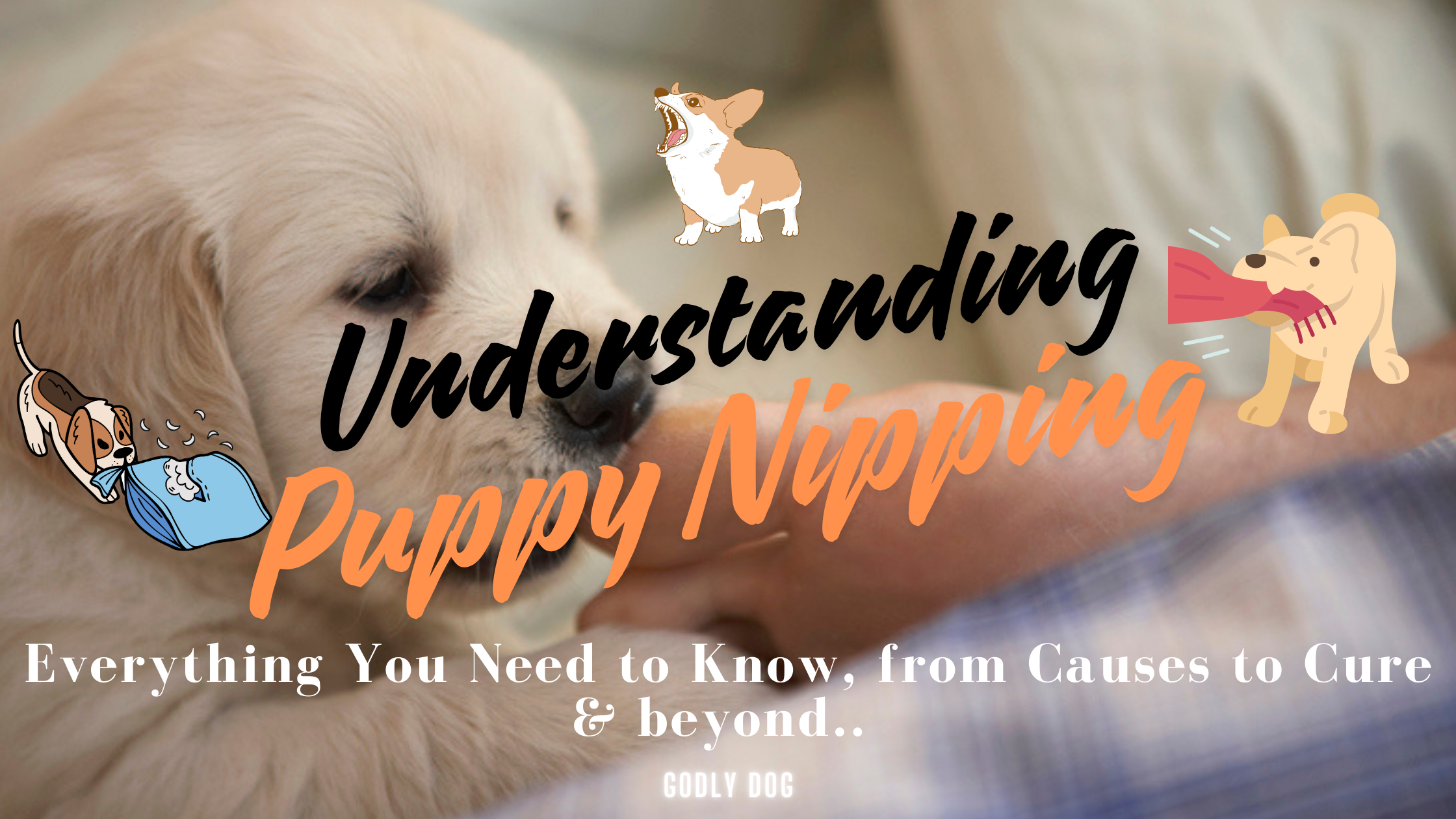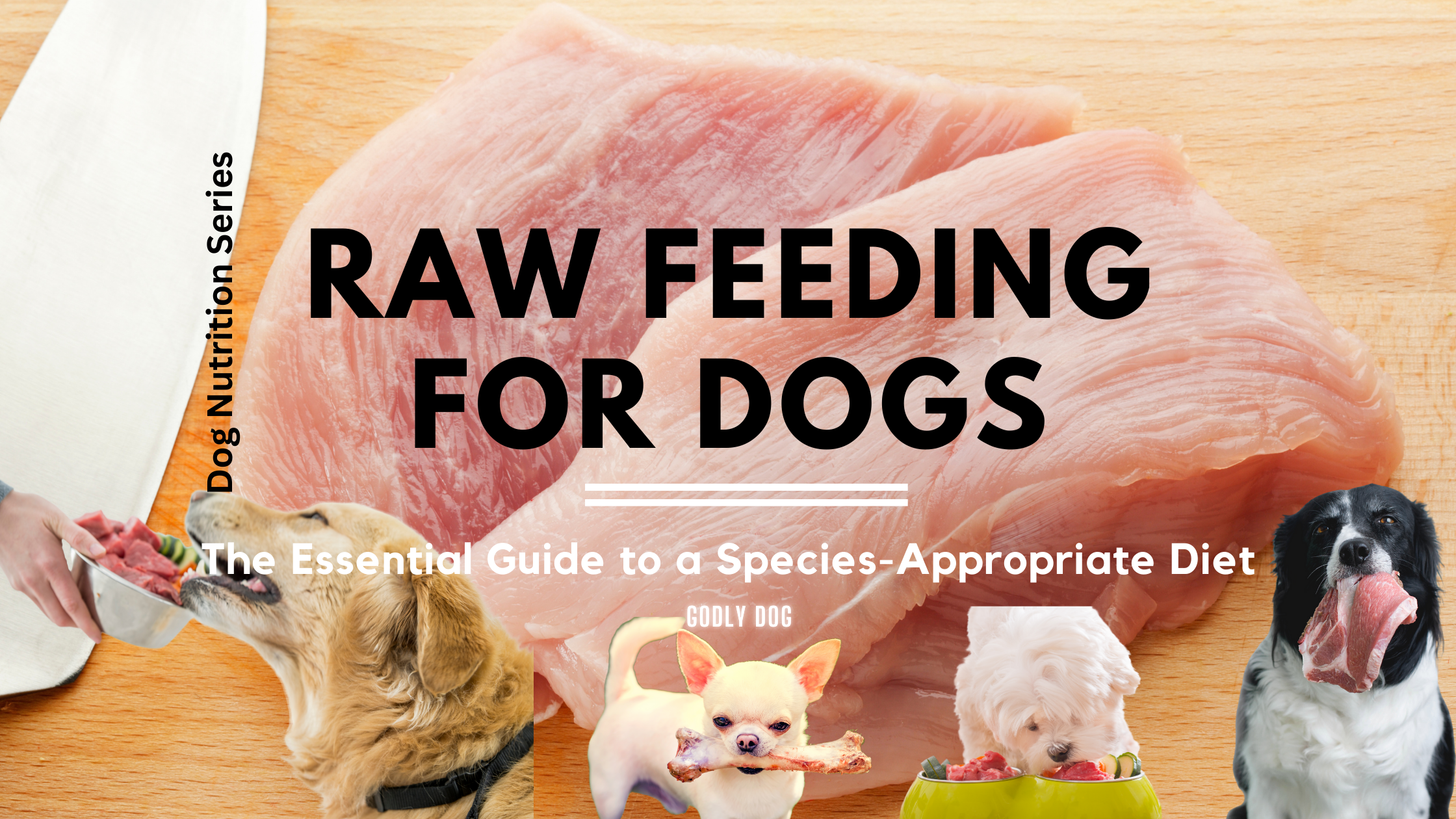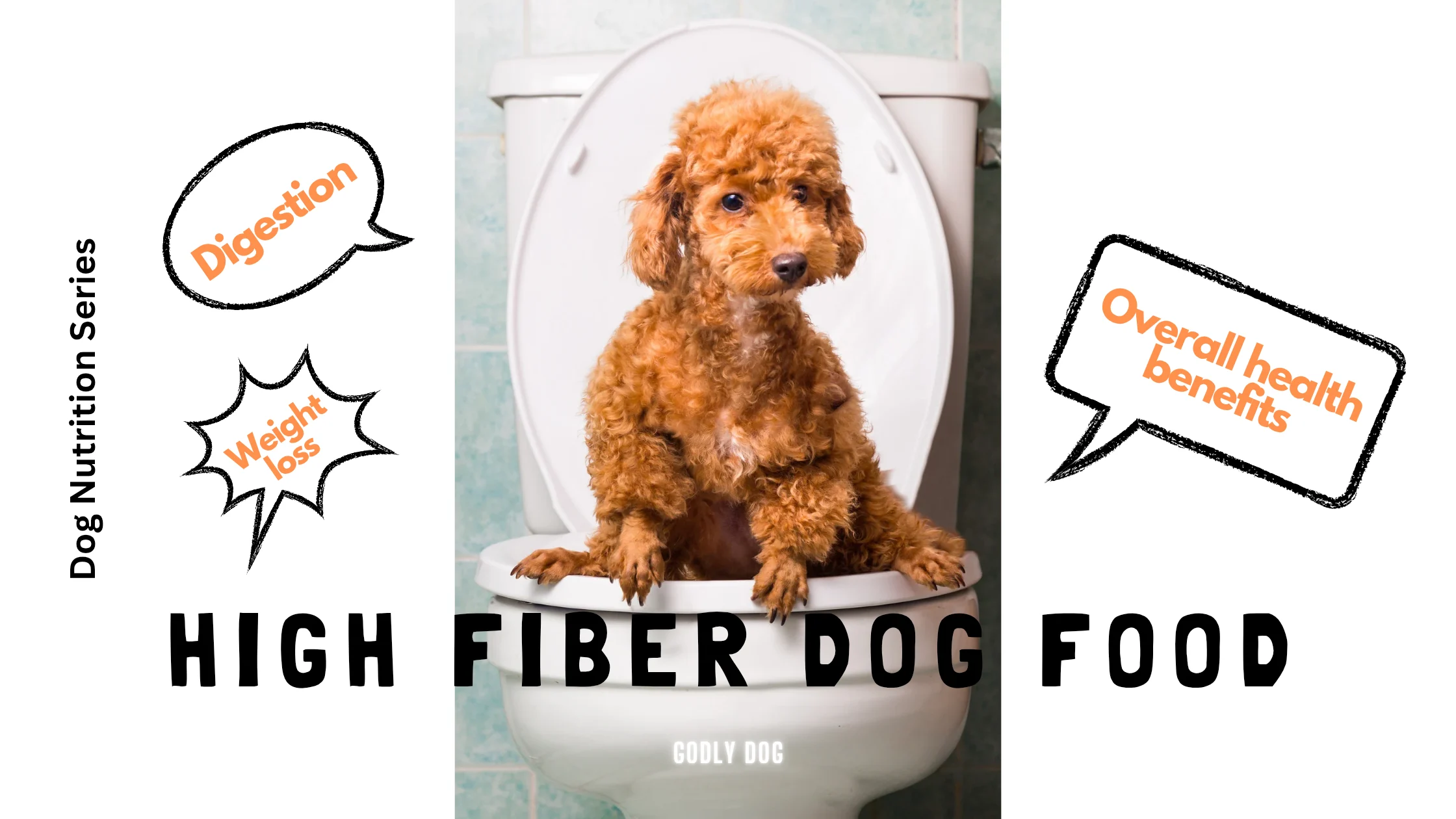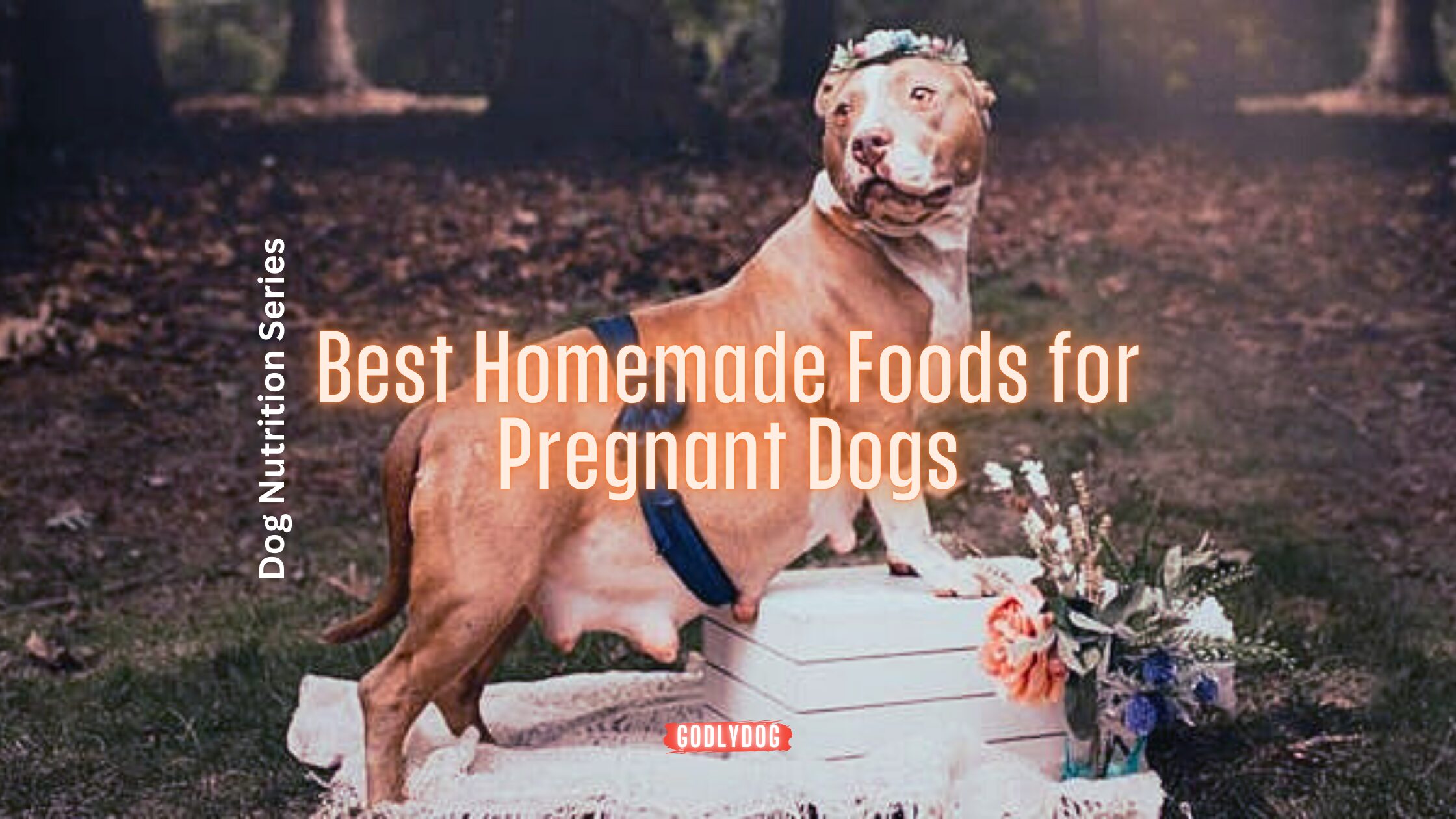Understanding Puppy Nipping: Causes, Cure and Beyond

Categories :
- One of the most underrated puppy problems is something that can be a cause of severe anxiety both for the newly adopted pup and his new ‘paw’rents. This is known as Puppy Nipping, Mouthing, Nibbling or Biting. While some pups ace this stage with utmost ease and negligible fuss, some end up quite troubled and as a result become troublesome to their family too. Here you will get a detailed overview of each and everything associated to the issue in a compact manner. Let’s get digging..
Understanding Puppy Nipping: What It Is and Why It Happens

- In a nutshell, pups tending to ‘mouth’ things is a very natural phenomenon. This is because they do not have ‘hands’ like us to play with. So they try to compensate by using their mouths to grasp, feel, move and explore everything they wish to ‘handle’. Until it is limited to permissible extents, there is nothing to be concerned about. But often many pups let this mouthing behavior escalate from trivial things like newspapers, to important or precious items like furniture, or even our hands and feet while we happen to be fondling or playing with them. This is where the problem with puppy nipping arises.
- Those who have not experienced it, may wonder about the severity of this issue. But let me tell you, even though a pup that cute and tiny may look everything but a cause of annoyance, a mouthful of razor-sharp teeth that look more like pins is actually capable of puncturing human skin, drawing out blood with moderate pressure, causing some real pain!
The Root Cause of Puppy Nipping: All About Teething

- The one word answer to the cause behind their nipping behavior would be ‘Teething’. Teething is simply the phase in which a pup loses his milk teeth and replaces them with adult ones. And, a pup goes through teething twice, even before he turns one year old!
Puppy Teething Timeline: A Quick Overview
- Newborn puppies are born toothless. They start getting their teeth two weeks after being born. The incisors are the first ones to appear in the front at around week 2 to 3. These are followed by the canine teeth, the premolars and lastly the molars. A pup has a total of 28 milk, baby or deciduous teeth. This process may take them the first 3 months. But once they are above 12 weeks of age, they will begin losing their first set, beginning with the incisors, by their fourth month. The permanent teeth start pushing out the baby teeth settled on top through the gums. And this is uncomfortable for the tiny pups. Many times the pressure becomes painful too. And this is when they get this urge to chew on things in order to counteract the constant pressure in their gums.
- They may run a low fever at this time too. Don’t panic if you find a little blood on your dog’s chewables during this time, it simply characterizes this stage. You may also find a tooth stuck on his favorite toy or even loose on the ground if you are lucky, just add it to your precious collection!
- This newly discovered chewing behavior provides them with an immediate temporary relief and as they learn about this cycle, the frequency and at times the intensity is also increased. And this phase stretches on to about 6 to 7 months. So by the time a pup has replaced all their baby teeth with a complete new adult set, they should no longer feel this necessity and will eventually wear out of the behavior. And the problem should dissolve itself.

How to Ease the Pain of Puppy Teething
- The best way to help your fur kid as well as yourself with the puppy nipping phase, is to provide them with some designated toys to play with/chew on. There are a variety of toys available, that are meant for this very purpose. These are soft rubber or plastic dental rings, chews and toys specially designed to soothe their swollen gums. Also when buying these, it is advisable to make sure that they are made of good quality plastic as a lot of easily available cheap variants are known to be responsible for causing cancer. However do not leave them unsupervised for long periods of time as their sharp teeth can easily rip off little chunks of the chewable toys, which they may swallow or even choke on.

DIY Solutions for Puppy Teething Relief
- In case you prefer an organic puppy nipping solution, you can make a DIY puppy pacifier on your own too. To make one you need to have a handkerchief or similar sized cloth twisted and tied into a knot, which you then need to soak with water and refrigerate. You can then give it to your pup to play and chew on as much as they want. This cold temperature is just perfect to help bring down the inflammation of their gums and provide a better relief than the rest of the toys. Also because it’s a soft cloth it would not damage or crack their teeth as it could, in case you gave him a hard ice-cube, directly. In case your pup isn’t very enthusiastic about this new toy, you can also encourage them by replacing the plain water you froze it in, with some (low salt) broth. Frozen dog treats and dog ice creams are also other good ways to soothe their gums while they’re busy munching.
Teaching Puppies Not to Nip: Training Tips That Work

- It is important to teach them right from the beginning, that certain things are alright to chew on, whereas the rest are not. A pup may have their own preferences when it comes to items to nip on. At times they could choose people’s hands or ankles too, little realizing how much they are hurting them. Many times people don’t mind this cute little fur ball and just excuse them giggling and petting, exclaiming how cute and adorable they look while at it. A totally wrong message to send, however! This response only encourages the pup to do what they shouldn’t and you really can’t blame them later when the frequency and (as their jaws grow stronger) force increases!
- So what you rather should do is a bit of ‘DRAMA’! Yes you read that right. As soon as your little furry piranha decides on making you their favorite chewable, sinking those teeth, you need to let out a loud dramatic yelp! ‘OUCH’ would do just fine. Even though they did not really hurt you, you need to pretend as if it hurt you SO much and for a couple of minutes back off and discontinue playing or giving them any attention. If you don’t mind a little extra drama you may also supplement your yelp with a bit of licking the place he bit you. As this is how Canines respond to getting hurt.
- The idea is to make them realize that humans are too sensitive to be chewed on and in case they repeat it again, it will only lead to the human getting hurt and abruptly leaving them alone. Now pups love you, your paying attention and playing with them. They live for these. So they will soon figure out that their nipping on humans has only unpleasant effects. The human cries in pain and walks away which means no more play or even attention. And this is the realization we were hoping for, that will soon discourage their behavior and nip puppy nipping in the bud!
Preventing Chewing on Furniture and Household Items


- Now pups also enjoy nibbling on things other than humans (and of course his toys allotted for the purpose). These favorite things could range from doors, table and chair legs, to work shoes and bathroom slippers, to cushions, mattresses and carpets, to books, stationery, bags or anything you can literally think of. In this case, whenever you find them ripping anything they shouldn’t, just give them a loud and firm ‘NO’ and direct them to the toys they are allowed to chew on. Bitter-tasting, bite-deterring sprays are also available at pet stores that are meant to be sprayed on furniture legs or whatever your pup has a tendency to chew on. Also you should be specially careful to never let any electric cable hang loose within their reach, along with properly mending any worn one. It is these little mistakes that have often proven to be the fatal ones! Check out our blog on Puppy Proofing Your Home & Yard to prevent these mishaps.
- Just being calm and consistent in your training will give you amazing results soon. In case it takes a bit longer, you can always device your own little tricks to get positive results, because each pup is unique and even though some breeds tend to be more of ‘mouthers’ than others, there are no hard and fast rules and always room for exceptions. You know your pup best, so you are at the best position to improvise on the training methods. Bribing these little monsters with a treat, every time they stop biting and adjust their behavior for you, is one thing that always works universally! Just don’t resort to any form of abuse while trying to teach him things, as this will make your baby afraid and unsure of you and affect your bond with him, which is way more precious than anything they can ever lay their teeth on.
The Role of Early Socialization in Curbing Nipping


- Do not get your pup separated from their mother and litter mates until about 7 to 8 weeks of age, as this is when they are taught ‘bite inhibition’ by their mother and siblings. Each time they bite their mother while suckling or brothers and sisters while playing, the feeding or playing comes to a halt, naturally discouraging this behavior. But in case they are separated too soon, they do not get this opportunity to learn, which eventually leads them to unnecessary complications after moving in with their human family.
Why Patience Matters During the Puppy Nipping Phase

- There might be times when your pup may destroy a few of your favorite belongings. Discovering them within reach, grabbing and happily playing, wrestling and chewing them, blissfully unaware of the rage they are about to cause you. Don’t let your anger get the better of you. They cannot see things from your perspective, but you can see through theirs right?
- A pup doesn’t obviously understand the difference between a cardboard packaging box and the expensive gym shoes that came packed inside. Dogs don’t understand these things which is exactly why they don’t care, if their parents are poor or billionaires. They just know how to love them unconditionally, regardless of the shade of their skin, model of their car or the type, size or location of their house. Neither do the babies understand that their nibbling would wear out their parents’ commodities, rendering them useless. All they get, is that this massaging of gums leads to a soothing effect each time, so whenever they feel uncomfortable, all they have got to do is nibble on whatever is to be found nearest! So on all those times, when you discover them destroying your precious stuff, instead of losing your cool and giving them a big fat piece of your mind, please just remember this.
- Also, here’s an article on the life long trauma that abusive training or even merely yelling at your pup, results in. And it is backed up with proof, as these ill effects have been found by researchers who studied and tested different dogs for their stress behaviour and cortisol levels over periods of time. Read it here.
Common Puppy Teeth Abnormalities to Watch Out For

- Most dogs get their full set of adult teeth at around 6 months. As parents we should run a gentle check of the inside of their mouths, every few days. At times a bunch of complications can arise at this stage. A milk tooth may get stuck somehow in the gums, blocking the adult tooth’s way of coming out. This leads to red, swollen and painful gums. The adult teeth may also grow crooked as a result. In this case, you need to have a Vet pull it out for them.
- Also at times the jaws may not be aligned properly, needing to be corrected by a Vet before the teething process is completed as this can significantly affect your pup’s quality of life later on. ‘Dolichocephalic’ or long muzzled breeds such as Great Danes, Dachshunds and Siberian Huskies among various others, have a tendency to get an overbite. Which basically is having their upper jaw longer than the lower one. Whereas ‘brachycephalic’ or the ones with short muzzles such as Pugs, Bulldogs and Boxers among others, tend to get an underbite. Which is having their lower jaws longer than the upper.
- Don’t worry though, there is just a slight chance that their teething would need interference, as most pups just do fine without the slightest of complications. And even if there is something less than perfect, it can be fixed by your vet, provided you keep monitoring them about once a week and bring anything odd you notice, to your vet’s attention before the entire teething process gets completed.
- And that’s pretty much all about it.

- ”Do Not Bite a Hand that Feeds You, But Nibble OK.” – Dog Proverb ;p
- I hope I have been able to cover every aspect of ‘Puppy Nipping’ by now. In case there is something I might have missed or anything you would like me to add, please let me know in the Comment section below. If you enjoyed reading it, please don’t forget to Like and Share with anyone you think might find this useful. And lastly, Subscribe to my newsletter to get notified about every such future post.
- Stay Dog Blessed!

Srijana, founder of Godly Dog, brings 12+ years of experience caring for dogs, including her 6 fur kids: a Labrador, 2 Spitz, and 3 Indie rescues. She has studied natural dog nutrition and behavior to better understand and care for them. A passionate advocate for strays and a dedicated volunteer, she believes dogs embody godliness, inspiring unconditional love and selflessness. Through Godly Dog, she shares practical advice to ensure every dog gets the love, care, and respect they deserve.



